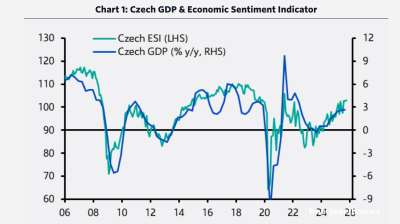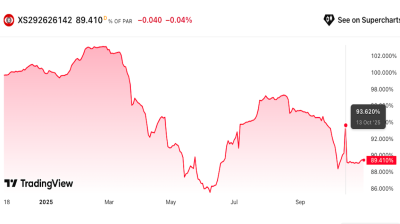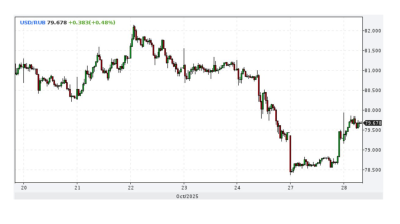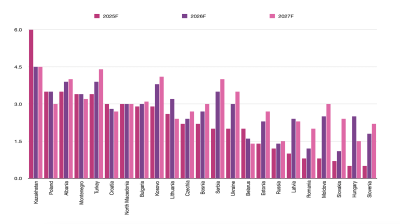The National Bank of Belarus (NBB) cut its key rate to 11.5% on August 13, the seventh cut in a row, as the regulator continues its easing policy.
The cut was facilitated by the steady reduction in inflation in Belarus, but the outlook for inflation is mixed, partly because of plans to increase the average income by a third.
The interest rate on standing and bilateral operations designed to keep up the current liquidity of Belarusian banks was reduced from 14% to 13% a year ago. The monetary policy rate has fallen from a high of 18% in January, BelTA reports.
According to Belstat, July 2017 was marked by deflation, which led to a 0.1% decrease in consumer prices. But since early 2017, prices have increased by 3.3%.
An increase in tariffs for utility services is on the way. Due to the increase in the labour cost at enterprises amid pay rises, prices for food products and some non-food products are likely to increase. Modernisation of the country’s refinery requires additional funds, which would also lead to an increase in petrol prices.
Data

Russia’s manufacturing PMI falls to its lowest level since May 2022 in October
Russia’s manufacturing sector saw a deeper contraction in October, with output, new orders, and business confidence all weakening, according to the latest Purchasing Managers’ Index (PMI) data from S&P Global, published on November 1.

Czech growth accelerates as domestic demand-side pressure builds
The Czech economy delivered an unexpected acceleration in the third quarter, marking a clear shift from its earlier position as a regional underperformer to one of Central and Eastern Europe’s fastest-growing economies.

Eurobonds of Istanbul-listed Zorlu units offer attractive yields amid rating downgrades and no default expectation
Debut paper currently offering 14-15% yield.

Ruble strengthens as sanctioned oil companies repatriate cash
The Russian ruble strengthened after the Trump administration imposed oil sanctions on Russia’s leading oil companies, extending a rally that began after the Biden administration imposed oil sanctions on Russia in January.




